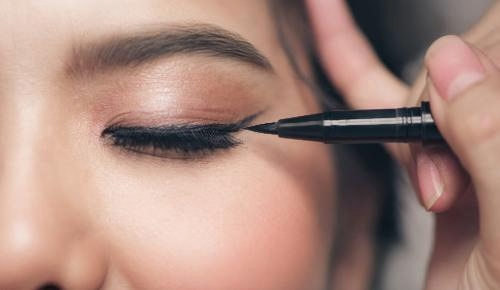
ECHA project finds hazardous chemicals in cosmetics
Submitted by:
Andrew Warmington
A pilot enforcement project carried out by national enforcement authorities in 13 European Economic Area (EEA) countries between November 2023 and April 2024 found that 6% of about 4,500 cosmetic products inspected contained hazardous substances. The project was undertaken under the auspices of ECHA’s Enforcement Forum.
The authorities looked mainly for the presence of perfluorooctanoic acid (PFOA), long chain perfluorocarboxylic acids and related substances, plus two cyclic siloxanes. They found 285 of the cosmetics included hazardous chemicals, notably:
* Perfluorononyl dimethicone
* Perfluorooctylethyl triethoxysilane
* Perfluorononylethyl carboxydecyl PEG-10 dimethicone, mainlyin eyeliners and lipliners
* Cyclotetrasiloxane (D4), cyclopentasiloxane (D5) & cyclomethicone (a blend of D4, D5 and D6) in hair conditioners and hair masks
All of these have been banned from cosmetics because they have been identified as persistent organic pollutants (POPs) under the Stockholm Convention or (very) persistent, (very) bioaccumulative and toxic (vPvB/PBT) under REACH. Perfluorononyl dimethicone degrades into PFOA and long-chain perfluorocarboxylic acids, while D4 and D5 break down slowly in the environment and build up in humans and other species.
PFOA, one of the commonest per- and polyfluoroalkyl substances (PFAS) is persistent in the environment, toxic to reproduction and suspected of causing cancer. D4 is also suspected of damaging fertility.
